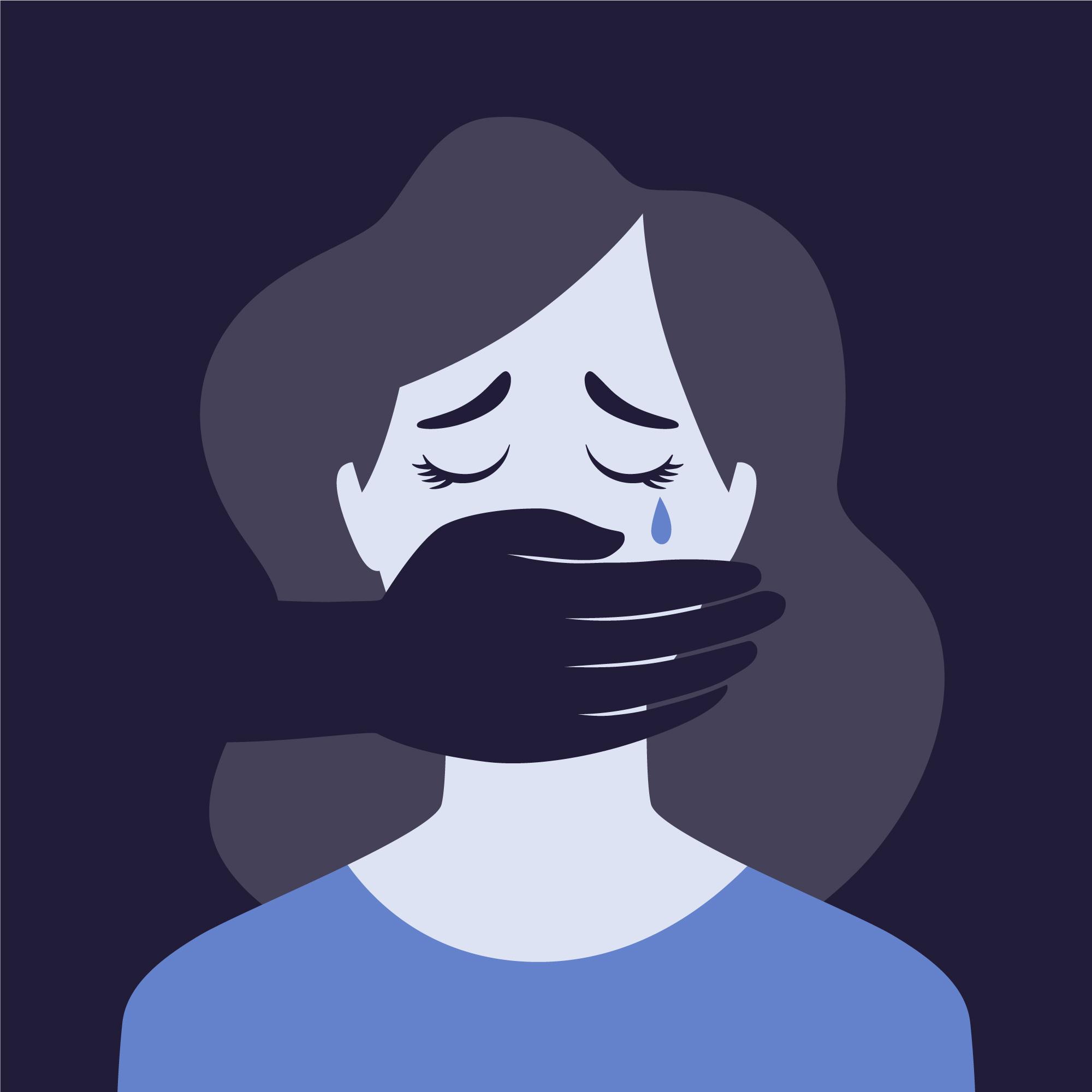Much of this unfolded in 2022 and 2023, during a period when my daughter remained undiagnosed as autistic, unsupported in any formal way, and largely invisible to the school system. The patterns described here continue to shape our lives. In this essay, you’ll hear the cautious hope I carried—that a formal diagnosis would unlock the support she so clearly needed. Instead, that diagnosis was met with a familiar refrain: the school assured us they were already “meeting her where she’s at.”
There’s something that happens when you send your daughter to school every day, knowing she’s in pain. Every day, with no relief—sick to her stomach; crawling into bed fully dressed after she gets home; melting down after holding it together for hours. And yet the school remains unaware. She speaks softly; follows rules; carries her distress quietly.
When my son lashed out, the school immediately granted him an H designation. His dysregulation drew attention; his behaviour disrupted others; adults found him difficult to manage. His visibility prompted a system response. My daughter—high masking, perfectionistic, anxious to the point of nausea—remained invisible; her suffering escaped the frame.
She gained only seven pounds in two years. Her autism assessment is scheduled this month. She already holds an ADHD diagnosis. She sees a counsellor weekly. A paediatrician oversees her care. Her doctor provided a detailed letter outlining symptoms, interventions, and community supports. Last year, through pandemic recovery funding, she received targeted help—and she thrived. The contrast felt undeniable: in grade 3, she missed six weeks of school; in grade 4, with support, her attendance stabilised. When the support ended, the symptoms returned.
Still, I continue gathering proof that she requires help. Her composure during the school day obscures her pain. Her breakdowns take place at home. Her speech remains courteous.
The pattern stretches back years. The bias reflects gendered assumptions. The outcome reveals structural failure.
The recognition gap
The designation system in BC appears structured around external impact. Systems register distress when it disrupts others. Disability receives attention when it creates administrative pressure. Schools prioritise visibility. Girls—especially autistic girls—rarely present that way.
Her dysregulation persists. She freezes instead of exploding; wanders instead of disrupting; shrinks instead of demanding space. Her behaviour reflects masking, shame, and social anxiety. Schools rarely classify those states as urgent.
She does not match familiar patterns. Staff interpret her self-restraint as stability. Her suffering receives no institutional response.
The cost of invisibility
Quiet suffering rarely prompts action. When distress remains internal, systems withhold support. Staff perceive her as capable and composed. At home, we witness the collapse: no appetite; daily nausea; physical exhaustion. Medical professionals describe these symptoms as clear signs of overwhelm. Parents recognise the toll. School staff frequently regard them as unrelated to learning.
She lived in that narrow and punishing space—just capable enough to not garner support, but not capable enough to succeed. Her compliance kept her off the radar; her exhaustion kept her from thriving. Every ounce of effort went toward masking, managing, surviving the day without slipping. The system measured that effort and mistook it for capacity. It rewarded her silence, her stillness, her internalised distress, and withheld the very supports that could have allowed her to learn, participate, or grow. Because she did not disrupt the classroom, her pain carried no procedural weight; because she did not fail outright, she was deemed fine. In reality, she was burning out in slow motion—sacrificed on the altar of school efficiency and adult comfort.
Families with high-masking girls experience this pattern repeatedly. Support often arrives after long periods of harm. By the time recognition occurs, much of the damage already exists.
Institutional gaslighting
School responses followed a familiar script. Staff described her as fine. Administrators cited a lack of communication from her. They relied on behavioural surface-level impressions. They placed responsibility for disclosure on an anxious eleven-year-old child.
When a supervision aid grabbed her wrist—after directing an ableist remark—she took appropriate steps. She named the harm. She walked away. She disclosed the incident at home. I reported it. A labour investigation began. The school stated that this adult would remain distanced from her. Despite that, the same person initiated contact in an attempt to restore rapport.
The principal said that my daughter never reported the interaction to her. The school described her as silent. No relationship of trust had been built. No safe system of disclosure had been created. No accountability structure ensured boundaries. Children focus on learning, relationship, and safety. Adults hold responsibility for harm prevention and repair.
This moment formed part of a larger pattern. The incident mattered. So did the institutional failure to respond with urgency and care.
Hope, fear, and the designation lottery
Her upcoming autism diagnosis may result in a G designation. That designation often triggers formal recognition. Documentation prompts acknowledgement. Labels unlock access. A paper trail may finally affirm her reality.
At the same time, formal designation alone offers no certainty. Support may remain sporadic. Resources may remain politically constrained. One child receives help for acting out. Another remains overlooked for coping too well.
Support should align with need. Help should follow the student, not the diagnosis. Advocacy should enhance care, not substitute for access.
Even now, the labour continues. Documentation multiplies. Emotional energy depletes. The gap between suffering and recognition persists.
She remains in pain.
Her pain carries weight.
And her experience demands acknowledgement.
-
Not sick. Not fine. Not supported. Sexism in Vancouver School Board.
They said she was doing well. They said it with the softness of authority — that practiced tone that suggests neutrality while sidestepping consequence — a tone I’ve come to recognise as institutional, not personal, and absolutely not maternal. They said she was…








